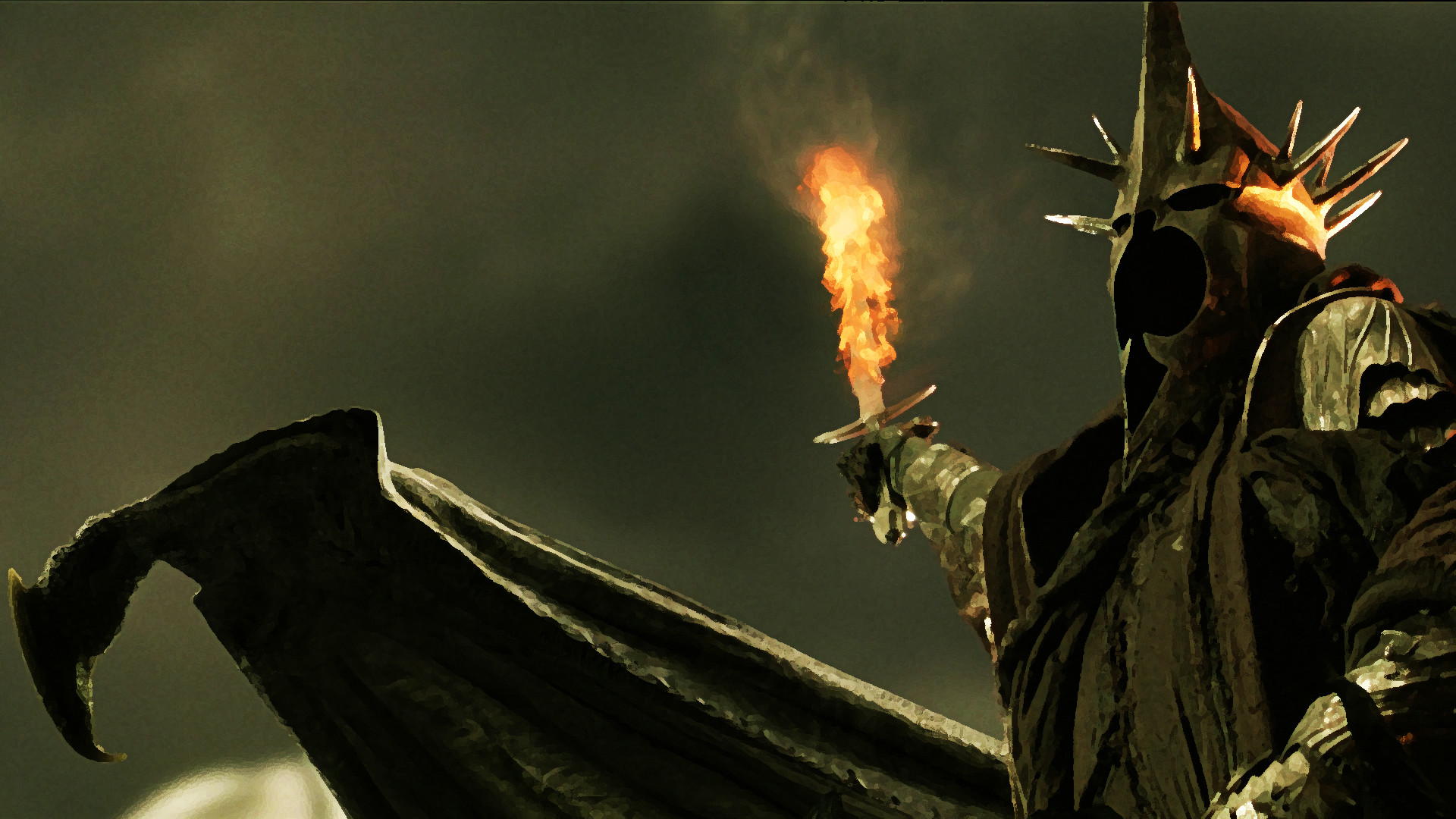

All the powerful stories ever told have been based on the real life, real events of history, but without being their direct allegory.

A story without roots, solely the product of author’s imagination, could never be so powerful. The story is relatable, because it is formed in part from humanity’s own historical experiences.

And this is the reason for their quality. So Lord of the Rings, while they may not be an overt allegory, are definetly allegorical. However, consciously or subconsciously, Tolkien did base his world on concepts drawn from reality, and then constructed his story around those concepts. Events described by Tolkien are for the most part original. Neither was the War of the Ring based on World War I or World War II – it does not represent the real war in any way. But Balrog has no connection to atomic weaponry, despite many suggestions otherwise. Tolkien did intend, in both Mines of Moria and the Scourging of Shire, to put forward a message, a message that the nature should be preserved. Dwarves were destroyed by their greed, and that is no allegory, it is a fact – albeit one people can learn from. So the Dwarves dugging too deep in mines of Moria has no connection to, say, humanity destroying itself by digging too deep into secrets of the world. Yet this allegory is subtle, direct and historical, very different from rather obvious reference to current problems that the word “allegory” generally implies. Tolkien described Lord of the Rings as being “applicable”, and Silmarillion itself is based on mythological structure, which requires it to be allegorical. While Tolkien did say that he disliked allegory, his dislike was of a specific type of allegory.


 0 kommentar(er)
0 kommentar(er)
